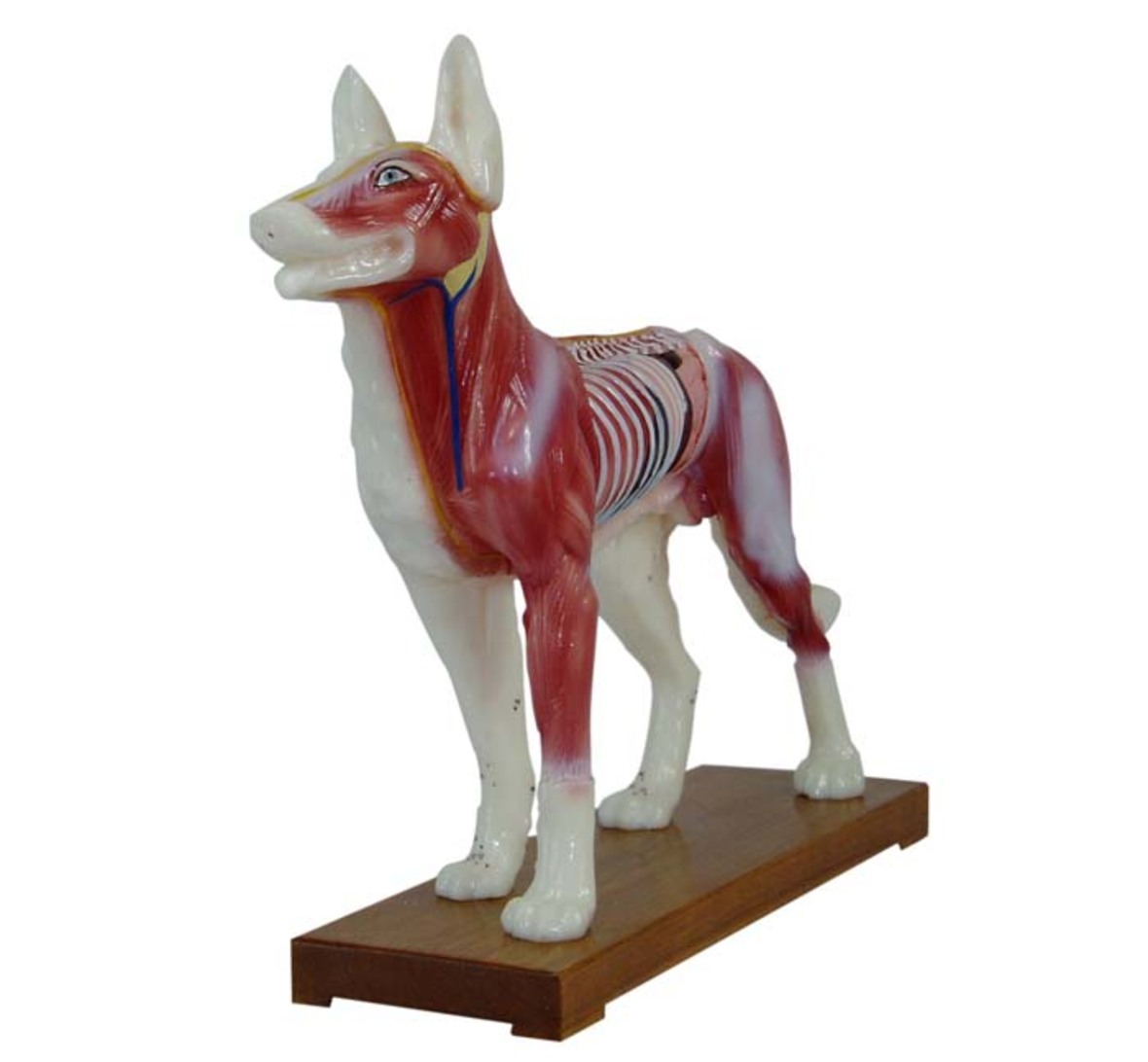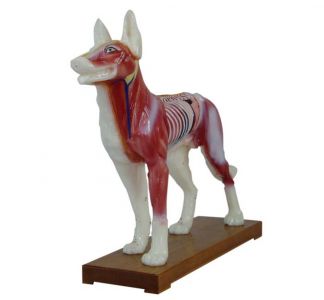The dog acupuncture model plays a vital role in helping students improve their acupuncture skills. This model, with its unique design and functionality, provides students with a hands-on platform to practice and improve acupuncture techniques in a safe, controlled environment. The following is a detailed analysis of how the dog acupuncture model specifically helps students improve their acupuncture skills:

First, the dog-body acupuncture model provides accurate point location. The location of each acupoint is clearly marked on the model, which helps students to accurately remember and identify acupoints. By repeatedly finding and locating acupuncture points on the model, students can quickly become familiar with the distribution of acupuncture points on the dog's body, which is the basis for conducting acupuncture treatment.
Second, the model provides a realistic handling feel. Dog body acupuncture models are usually made of highly simulated materials, and the skin feels similar to the real dog body. This design allows students to feel resistance and feedback similar to the real operation when performing acupuncture on the model, so that they can better grasp the depth, Angle and force of the needle.
In addition, the dog acupuncture model allows students to practice repeatedly. In a real therapeutic setting, students may not get enough opportunities to practice due to various constraints. However, through the dog acupuncture model, students can practice anytime, anywhere, and constantly hone their acupuncture techniques. This repeated practice helps students to form muscle memory and improve the proficiency and accuracy of the operation.
In addition, the advanced dog-body acupuncture model is also equipped with advanced teaching functions, such as touch screen demonstration, speech interpretation, etc. These functions can help students to have a deeper understanding of the principles and techniques of acupuncture, thereby improving their theoretical level and practical ability. For example, through the touch screen demonstration, students can clearly see the direction of meridians and the distribution of acupoints; Phonetic interpretation can provide detailed operational guidance and acupoint analysis, enabling students to master acupuncture techniques more comprehensively.
To sum up, the dog-body acupuncture model effectively helps students improve their acupuncture skills by providing accurate acupuncture point positioning, real operating feel, repeated practice opportunities, and advanced teaching functions. This hands-on approach not only enhances students' hands-on skills, but also provides a solid foundation for future acupuncture treatment in a real clinical setting.

